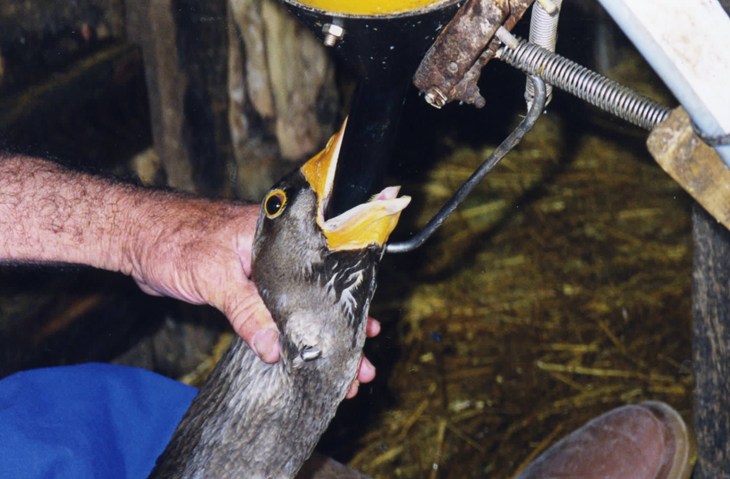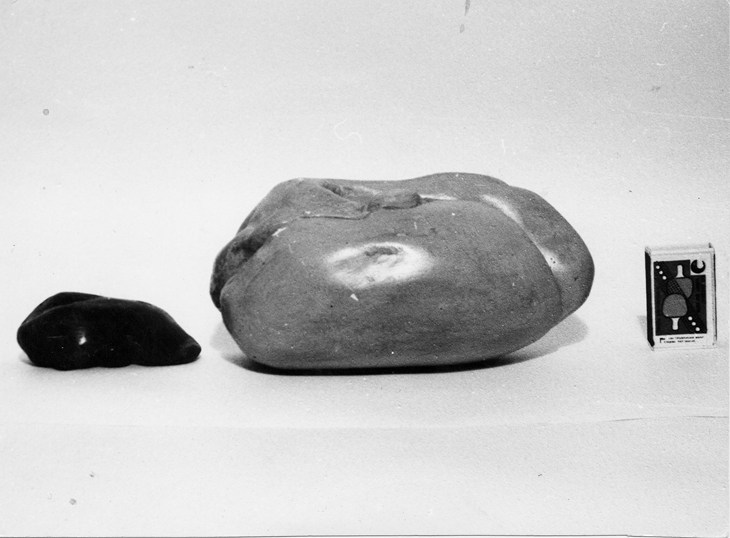Published 11/1/2019
This past Wednesday, New York City Council voted 42 to 6 to pass Intro 1378A which bans the sale of poultry products from cruel, force-fed ducks and geese—namely foie gras!
The law is set to take effect in 2022 and will penalize violators up to $2,000 per incident.
New York City is one of the largest markets for foie gras in the country—and this historic bill makes it the largest city in the world to ban it. NYC joins the ranks of the United Kingdom, Denmark, Finland, Germany, Israel, Norway, Poland, Sweden, Switzerland, Argentina, the state of California, and more in banning the production of and/or the sale of the animal product from its store shelves and restaurants.
This massive victory was preceded by strong demonstrations earlier this summer, as well as on the day of the vote, as nearly 100 activists rallied outside city hall calling on the council to support the legislation.
Compassion USA would like to thank the tireless and dedicated coalition of animal protection organizations and activists, led by Voters for Animal Rights, as well as City Council Member Carlina Rivera, who made this massive and important victory for ducks and geese possible!

As an organization committed to ending factory farming, Compassion in World Farming takes a hard stance against force-feeding ducks and geese in order to fatten their livers to produce foie gras. Birds on foie gras factory farms suffer some of the cruelest, worst-of-the-worst practices in our current food and farming system.
For up to three long, gruesome weeks, waterfowl on foie gras factory farms experience near-constant physical and emotional trauma. Two to three times a day, in a process known as “gavaging,” a foot-long metal tube or plastic pipe is forcibly inserted into the animals’ mouths and down their esophagi, dumping massive quantities of high-fat corn mix directly into their stomachs. The size and frequency of these already abnormally large deposits only increase throughout the bird’s brief, horrific stay.
[Click here to see undercover footage from a foie gras factory farm in Europe.]
The result of this overtly cruel practice is the enlargement of a bird’s liver up to 10 times its natural size. This swelling is due to the sheer magnitude of forced fat intake, a disease veterinarians diagnose as hepatic lipidosis—and what the meat industry affectionately dubs “foie gras” (French for “fatty liver”). Along with the development of a painful disease, there are a number of other physical and emotional welfare consequences directly linked to the force-feeding of ducks and geese: esophageal rupture, broken bones, and respiratory infection among the most serious.

When not being force-fed, birds are cruelly confined to small wire cages, where they are unable to stand, turn around, or extend their wings. Unfortunately, ducks and geese destined for foie gras production almost never experience fresh air, sunlight, or the thrill of swimming through water—their most natural behavior.
To stay informed on important legislative progress for farmed animals, and to learn how you can take urgent action when you're needed most, join our team of compassionate supporters here.
